Episode 6
Exploring Seafood Certification, Benchmarking, and Beyond
with Dan Lee
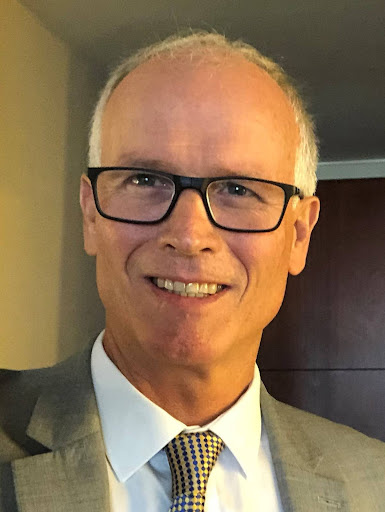
Dan Lee is the Technical and Projects Advisor at the Global Seafood Alliance (GSA). He spent his early career farming crustaceans, most notably marine shrimp, for research and commercial projects in South America, the Caribbean, Africa, and Asia. He gained an international reputation as an aquaculture expert through the publication of the textbook Crustacean Farming, Ranching and Culture and through his work with the GSA and the Best Aquaculture Practices (BAP) program. He has assisted in the development of international standards for responsible aquaculture, with special regard to food safety, animal welfare, and environmental and social issues.
Global Seafood Alliance and Best Aquaculture Practices
The Global Seafood Alliance (GSA) advances responsible seafood practices worldwide through education, advocacy, and demonstration.
GSA convenes seafood industry leaders, academia, and NGOs to collaborate on issues like environmental and social responsibility, animal health and welfare, food safety, and more. GSA is a membership-driven organization. Members include certified producers, corporations, and individuals.
 A division of the GSA, Best Aquaculture Practices (BAP) is an international certification program based on achievable, science-based, and continuously improved performance standards. It is designed for the entire aquaculture production chain – including processing plants, farms, hatcheries, and feed mills.
A division of the GSA, Best Aquaculture Practices (BAP) is an international certification program based on achievable, science-based, and continuously improved performance standards. It is designed for the entire aquaculture production chain – including processing plants, farms, hatcheries, and feed mills.
GSSI and BAP
In October of 2017, GSSI formally recognized the BAP Certification for the scope of Aquaculture. BAP has now been successfully re-benchmarked for their BAP Farm Standard (version 3.1, 2021), Salmon Farms Standard (version 2.4, 2016), and Mollusk Farms Standard (version 1.2, 2021).
More information can be found here.
Dan, tell us a little about the Best Aquaculture Practices (BAP) certification program.
The BAP program is based on independent audits that evaluate compliance with the BAP standards developed by GSA. The BAP certification program is benchmarked by globally recognized third parties. Being recognized by the gatekeepers of international certification standards is very important to the integrity of the BAP program.
Among benchmarked standards, BAP standards are unique in the depth and breadth of their coverage. This is because they address the full range of responsible practices: environmental and social responsibility, food safety, and animal welfare. As a result of this broad coverage, the program makes use of three different benchmarking entities (GSSI, The Global Food Safety Initiative(GFSI), and The Sustainable Supply Chain Initiative (SSCI)). Originally focusing on farmed seafood our GSA program now extends to wild-caught seafood by building upon other GSSI benchmarked certifications for wild products. GSSI serves as a trusted, independent filter for seafood assurances.
Seafood certification can be a confusing space, where labels sometimes end up providing more confusion than transparency. Can you speak to this and how BAP works to minimize this confusion?
Certification has become a well-recognized assurance-based solution that helps ensure the maintenance of healthy fish populations, minimal impact on the environment, and responsible management practices. As you mentioned, with many kinds of labels, claims, and logos in the market, it does become confusing. Producers, retailers, and consumers need to understand which certification schemes they can trust.
At GSA/BAP we work closely with retailers and the food service sector to offer solutions that can simplify sourcing decisions. While promoting our own program, we also acknowledge that choice is important and that building a sourcing policy around GSSI-benchmarked schemes can provide a good balance between flexibility and necessary assurances.
Being GSSI certified allows us to showcase our commitment and alignment with the United Nations Food and Agriculture Organization (FAO) Guidelines. By undergoing the Global Benchmark Tool process, we are assured that the BAP standards meet the bar for our environmental, governmental, and operational criteria. This in turn helps mitigate the confusion in the label space.
While promoting our own program, we also acknowledge that choice is important and that building a sourcing policy around GSSI-benchmarked schemes can provide a good balance between flexibility and necessary assurances.

Dan, can you speak to the value of benchmarking?
Sustainability claims are easy to make, but establishing their validity demands concerted effort. GSSI’s Benchmark Tool brings consistency and rigor to this effort. For a sustainable planet we need to shift towards foods with lower impacts and seafood markets can play an active role by favouring responsibly produced seafood. However, deciding what constitutes responsible production is not a straightforward matter. As we just mentioned – there are many eco-labels, certifications, and sustainability claims around that have proliferated, from multiple interested parties, but which of these can be relied upon as consistent, transparent, and rigorous sources of information? Thankfully, the FAO stepped up to fill the void and published a set of guidance documents. GSSI has followed up by converting these documents into a detailed set of compliance (benchmarking) criteria that can be used to test the mettle of seafood assurance programs. This benchmarking exercise has brought some order to a cluttered landscape, helping to ensure that markets are a force for good in driving seafood sustainability.
The Global Benchmark Tool has been gaining traction in the industry and creating more confidence. How do you see the tool developing in the coming years and what effect do you think that will have on the industry?
The Tool has already transformed into an online platform, showing that it can make good use of IT and streamline its operations. This flexibility should be carried forward so that efficiencies are continually achieved. Industry uptake will increase as improvements accrue.
GSSI’s Tool is helping to underpin the sustainable seafood movement globally. The success of this movement will ensure that current and future generations can enjoy the benefits of seafood. Well-managed natural resources will increase supply levels and help to reduce food insecurity globally. It’s good to note that GSSI has closely aligned itself with the SSCI – the benchmark for social standards, underlining the importance of social responsibility as well as environmental responsibility.
As more people come to know about the Tool, there will be an even stronger value in GSSI recognition, with more schemes acting globally to improve standards. The net outcome will be to minimize the overall environmental impact of how we produce, catch, and supply seafood.

The seafood industry employs over 250 million people around the world. However, social responsibility and protecting worker’s rights still has a way to go. What are your thoughts on seafood certification schemes dedicating attention to social compliance?
This aspect of responsible production remains critical. GSA has its Responsible Fishing Vessel Standard (RFVS) that specifically addresses conditions for workers at sea. What good are sustainably fished marine resources if the fishers are suffering exploitation? This topic needs more attention and technological developments will hopefully assist in raising compliance levels.
The Sustainable Supply Chain Initiative (SSCI) offers practical guidance on the industry’s minimum expectations for how to evaluate supply chain sustainability. The SSCI helps build trust in sustainability standards worldwide, driving alignment among the many different third-party auditing, monitoring, and certification schemes that assist companies in their supply chain due diligence. The RFVS has been successfully benchmarked to SSCI, again showing how GSA values international benchmarking initiatives. The GSA Seafood Processing Standard Issue 5.1 is currently being benchmarked under Scope AI — Social Compliance: Manufacturing & Processing.
What good are sustainably fished marine resources if the fishers are suffering exploitation? This topic needs more attention and technological developments will hopefully assist in raising compliance levels.
Looking forward, can you share anything about what’s on the horizon for yourself?
My own interest in seafood stems from my love of eating it, farming it, catching it, and now promoting responsible practices. With a background in shrimp aquaculture, I’m quite protective of the industry because it’s the ‘new kid on the block’ among established food production systems and it needs space to grow and develop to its full potential. My work with GSA can contribute to this objective and I’m always ready to fly the flag for seafood. ‘Put another prawn on the barbie’, as they say in Australia.

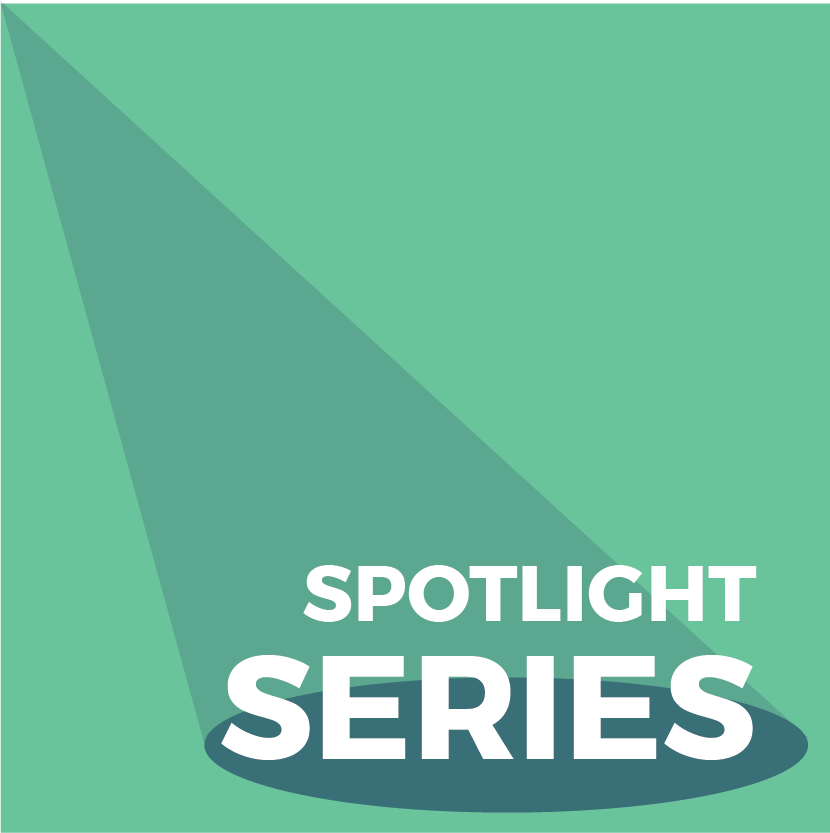
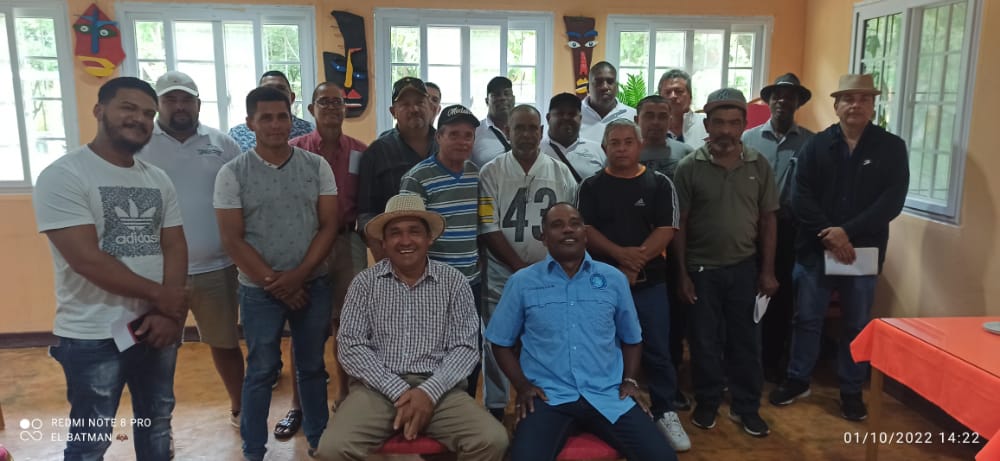
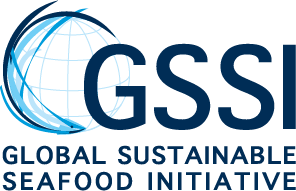
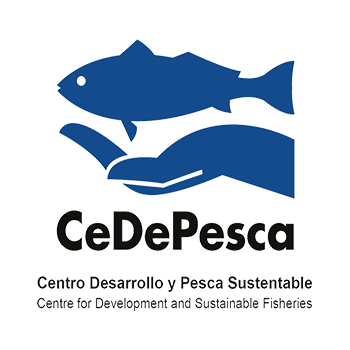

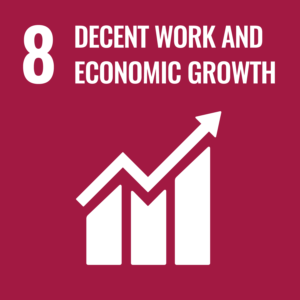
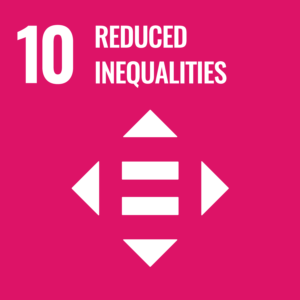
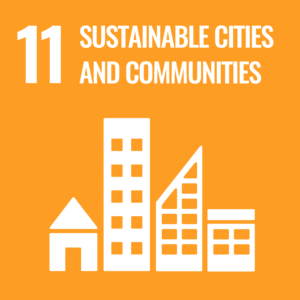
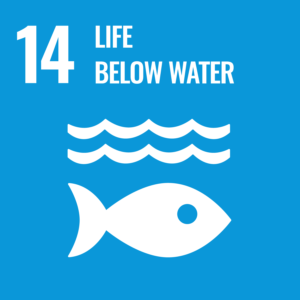
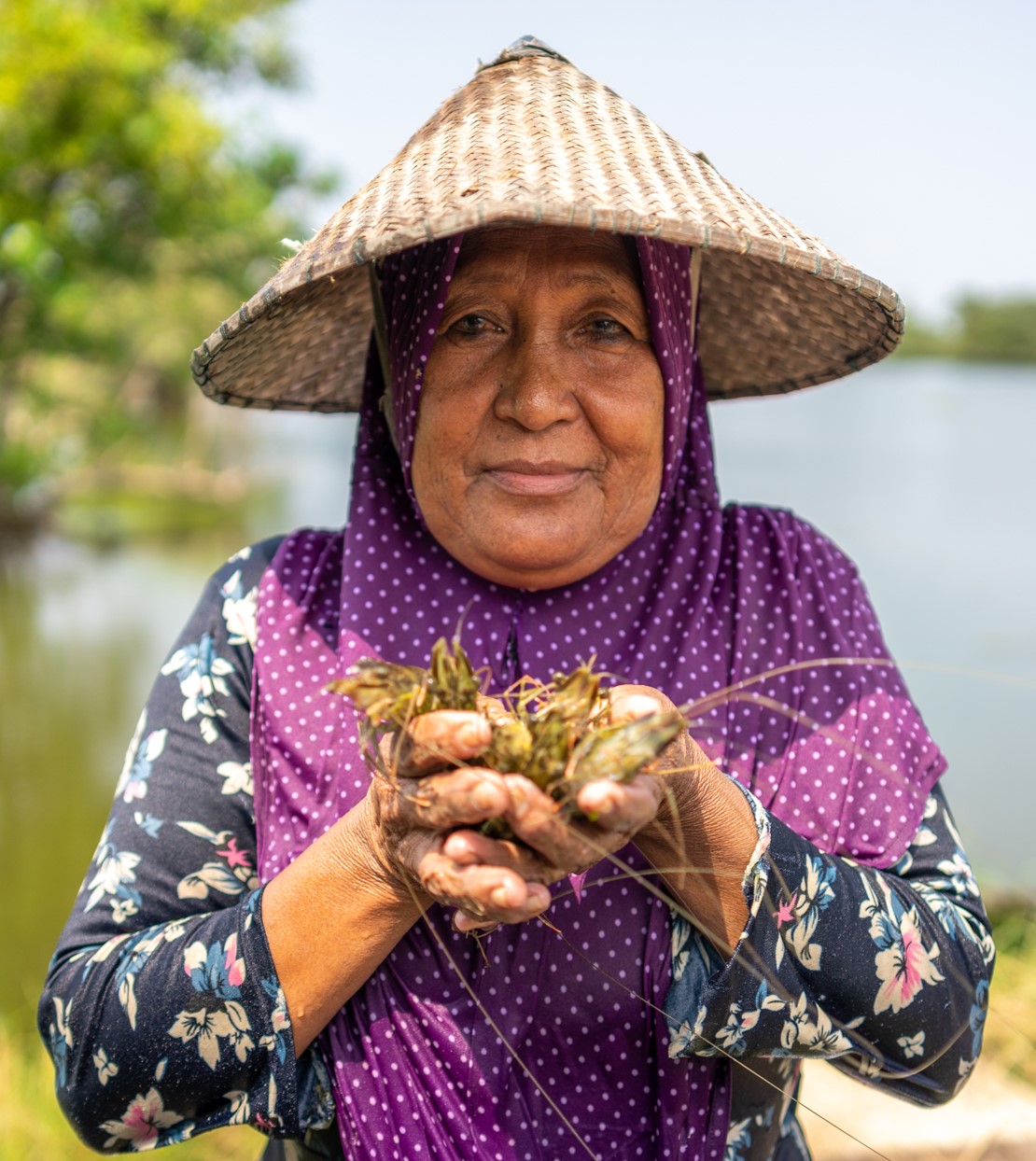
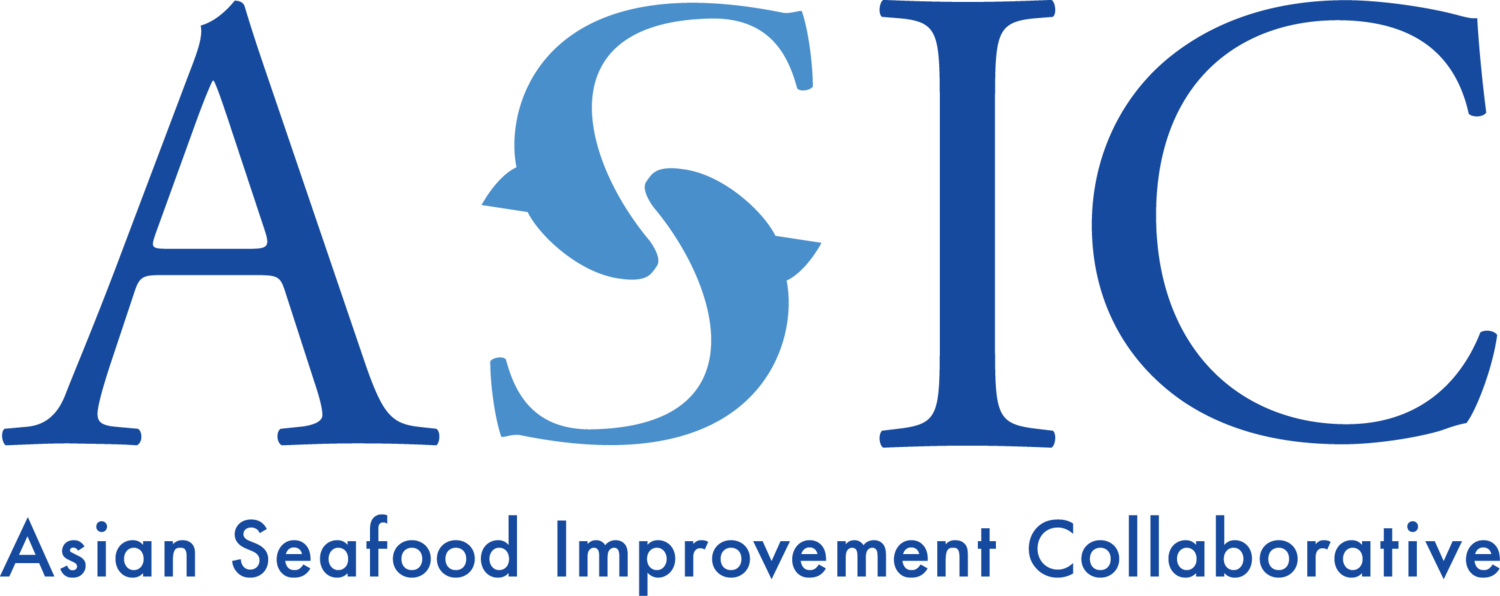
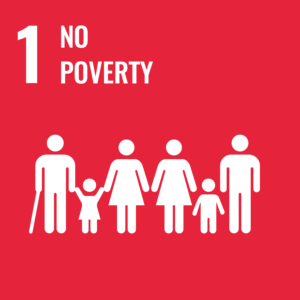
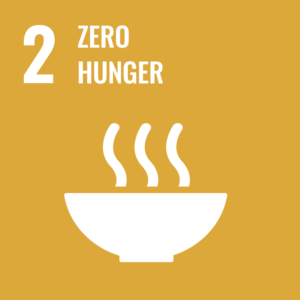
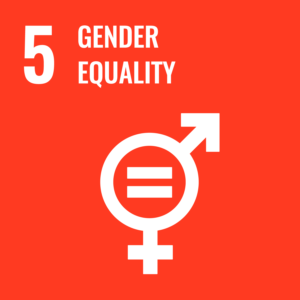
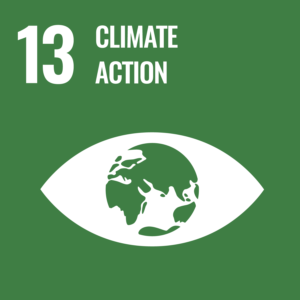
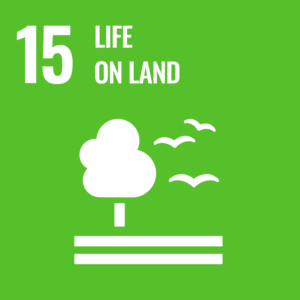
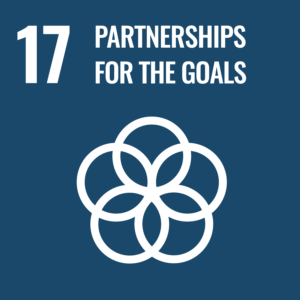
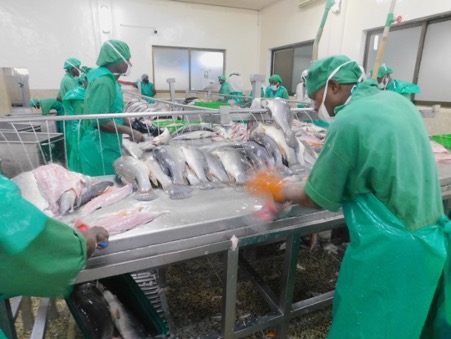
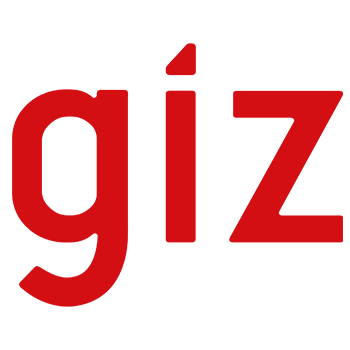
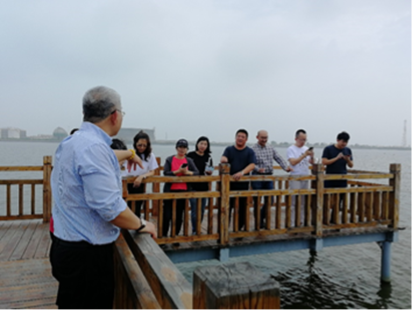
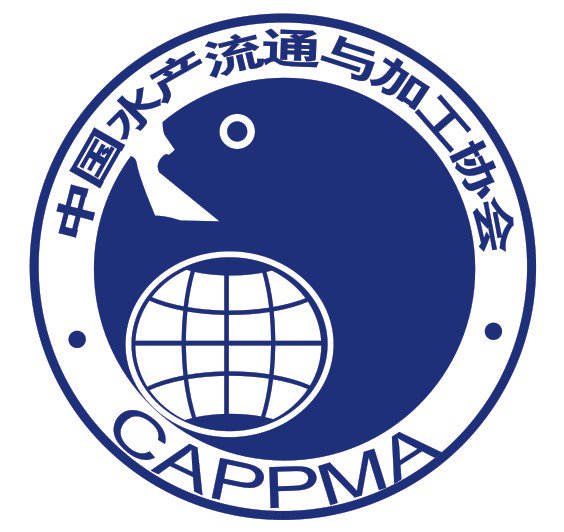
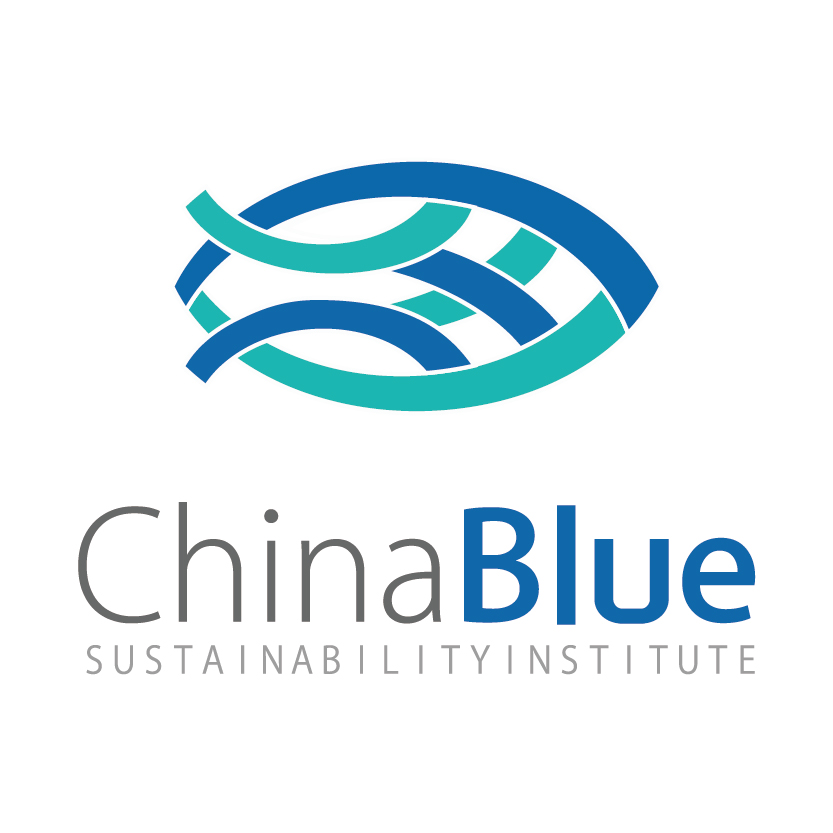
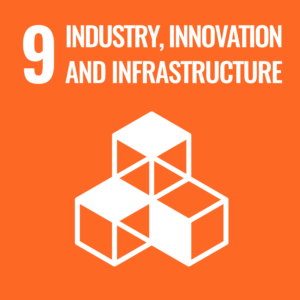
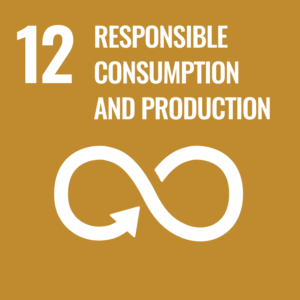

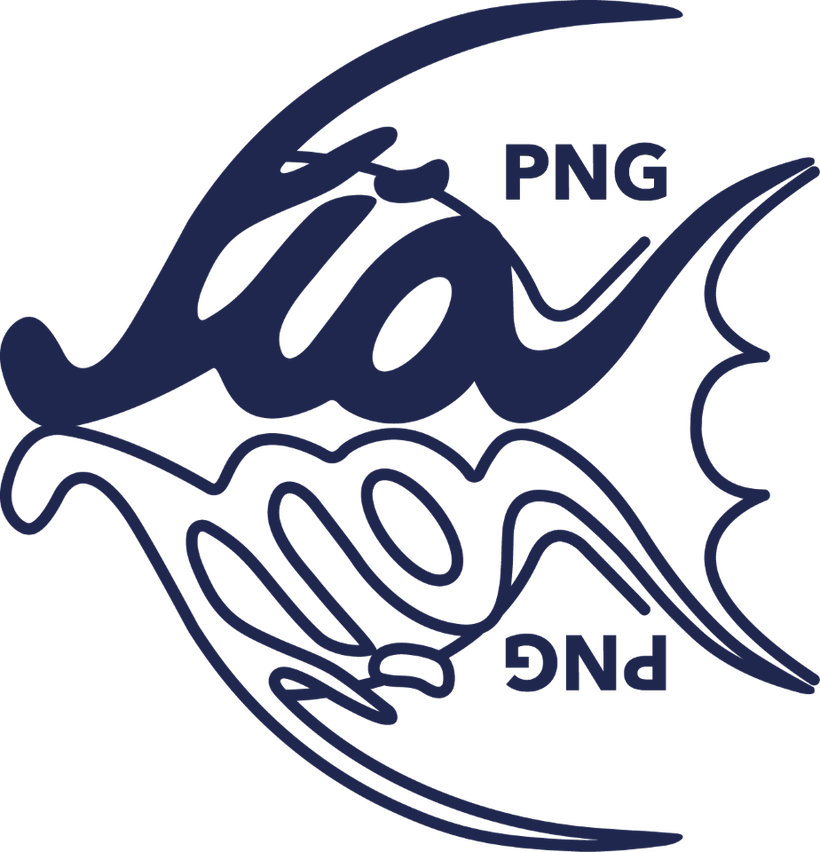
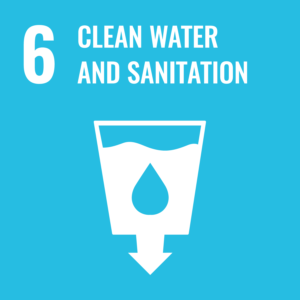
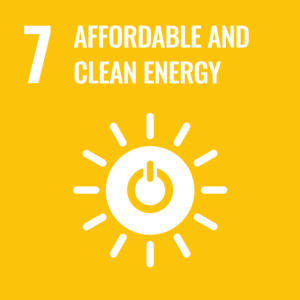
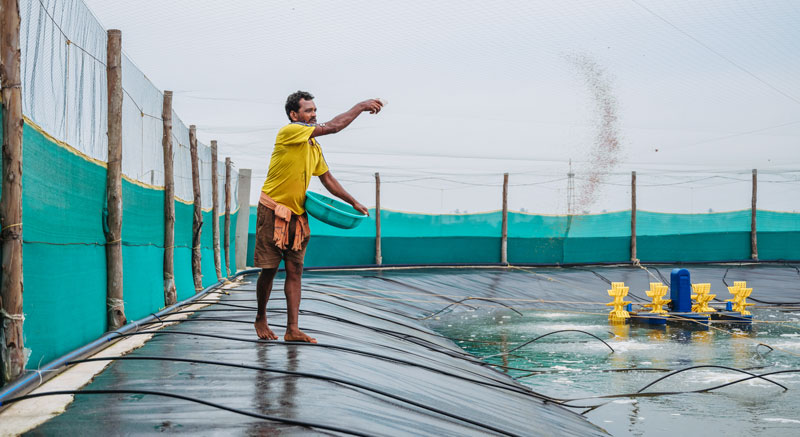

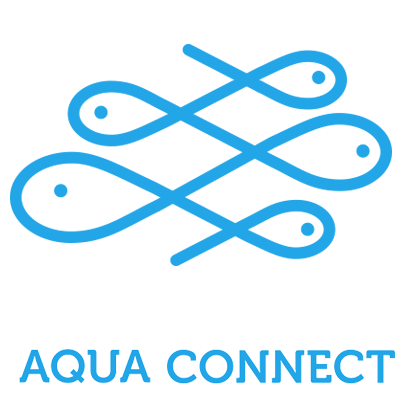
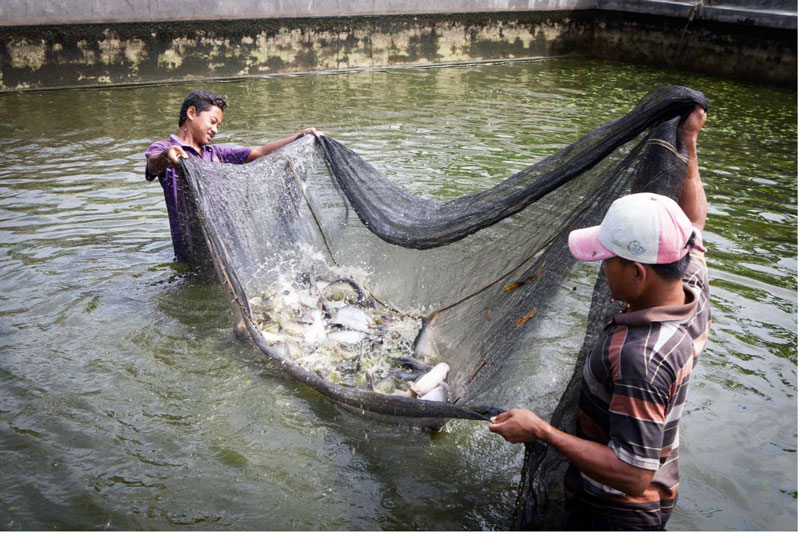
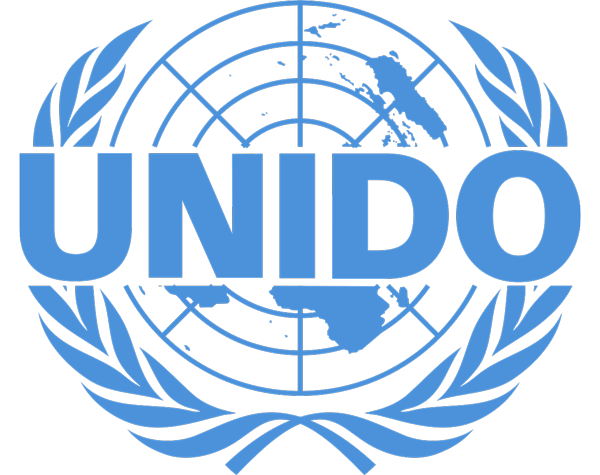
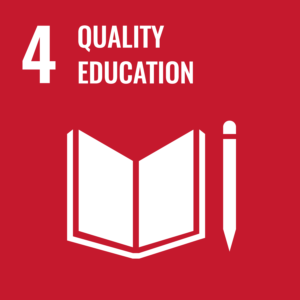
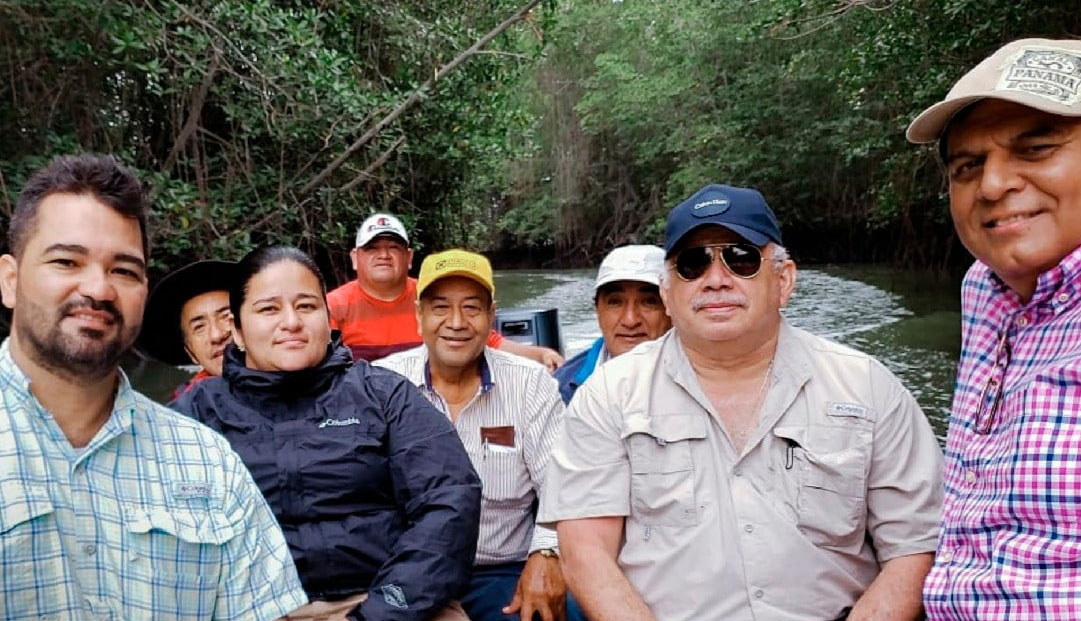
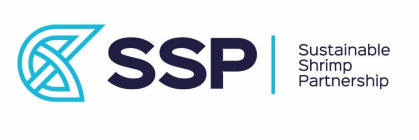
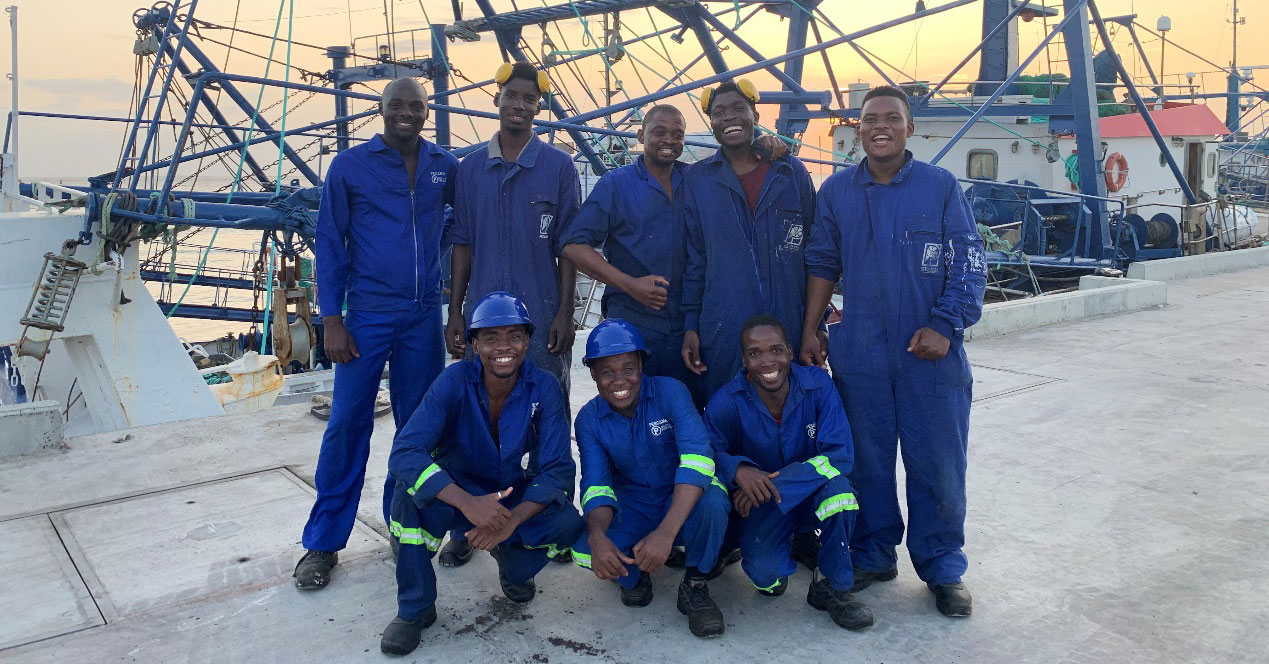
![PSC002_PescamarVertical (1)[17]](https://www.ourgssi.org/wp-content/uploads/2022/02/PSC002_PescamarVertical-117.jpg)